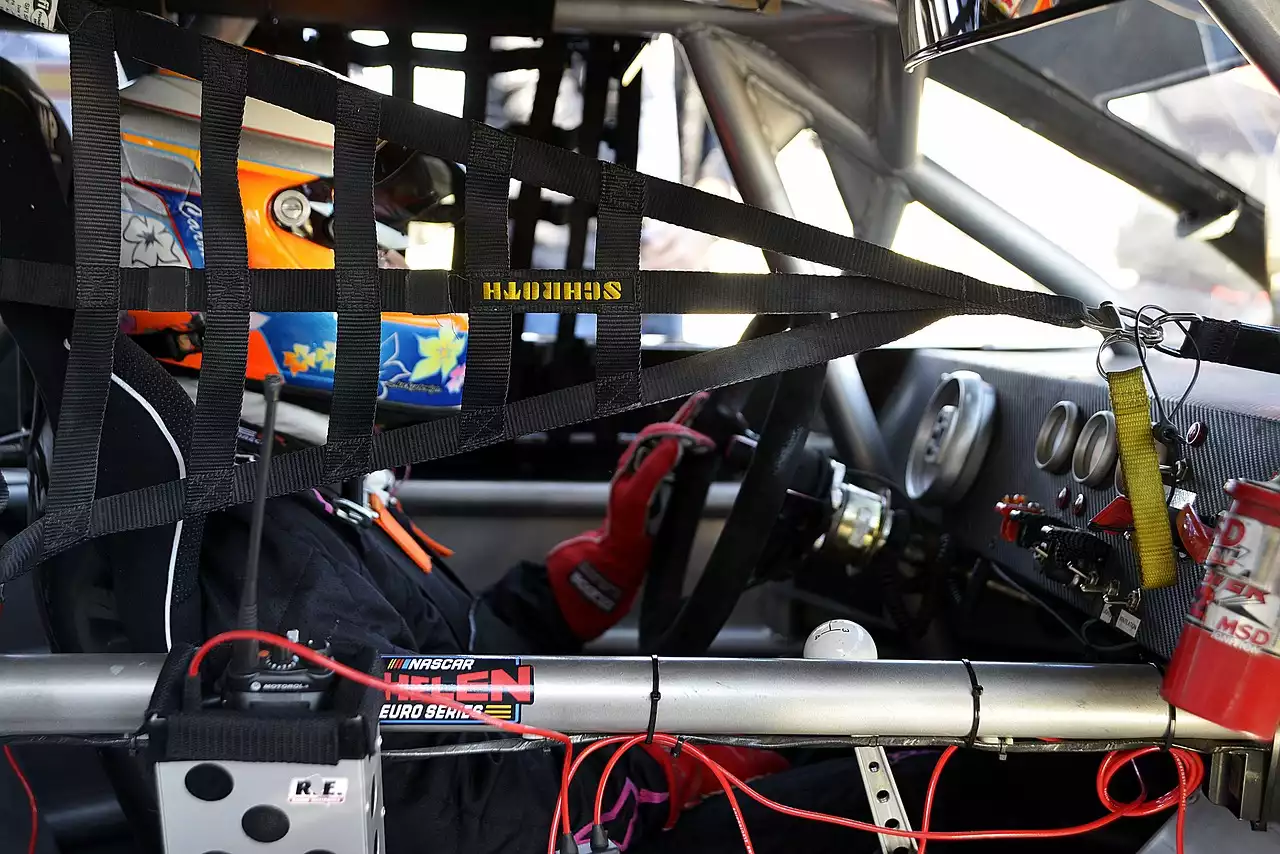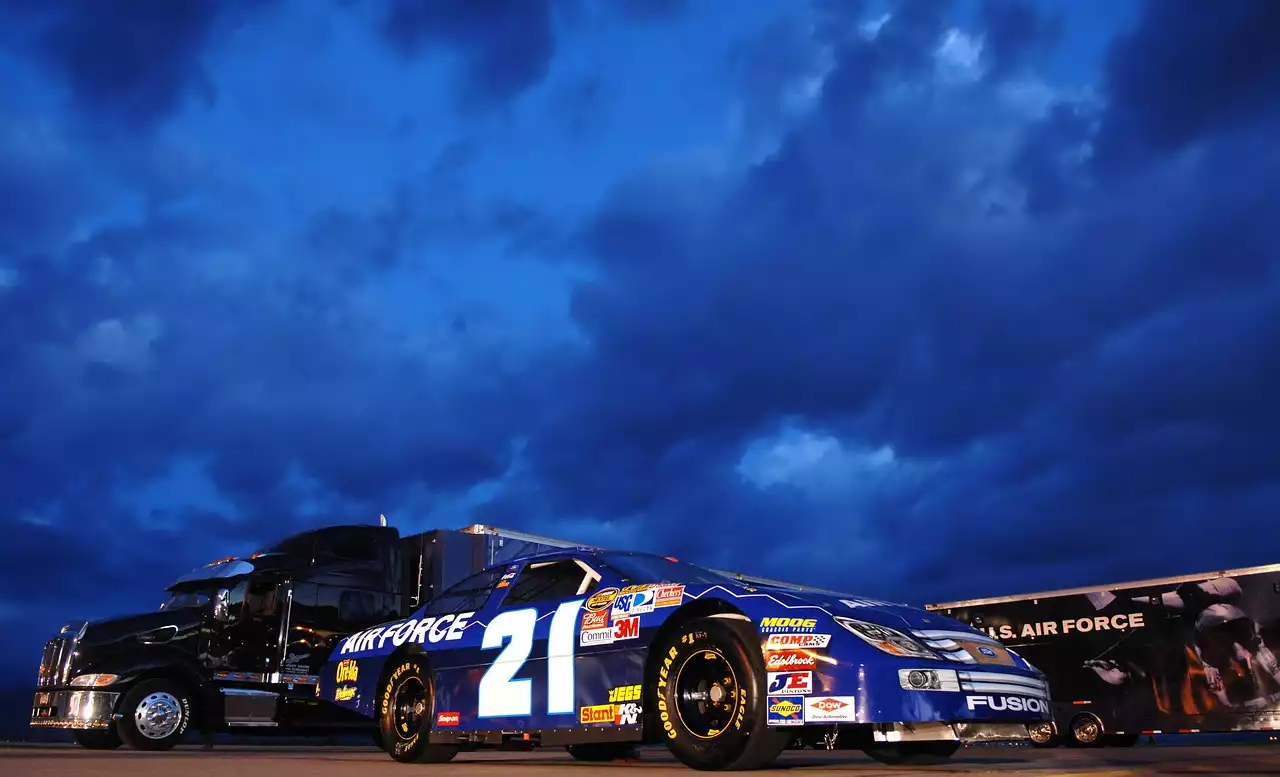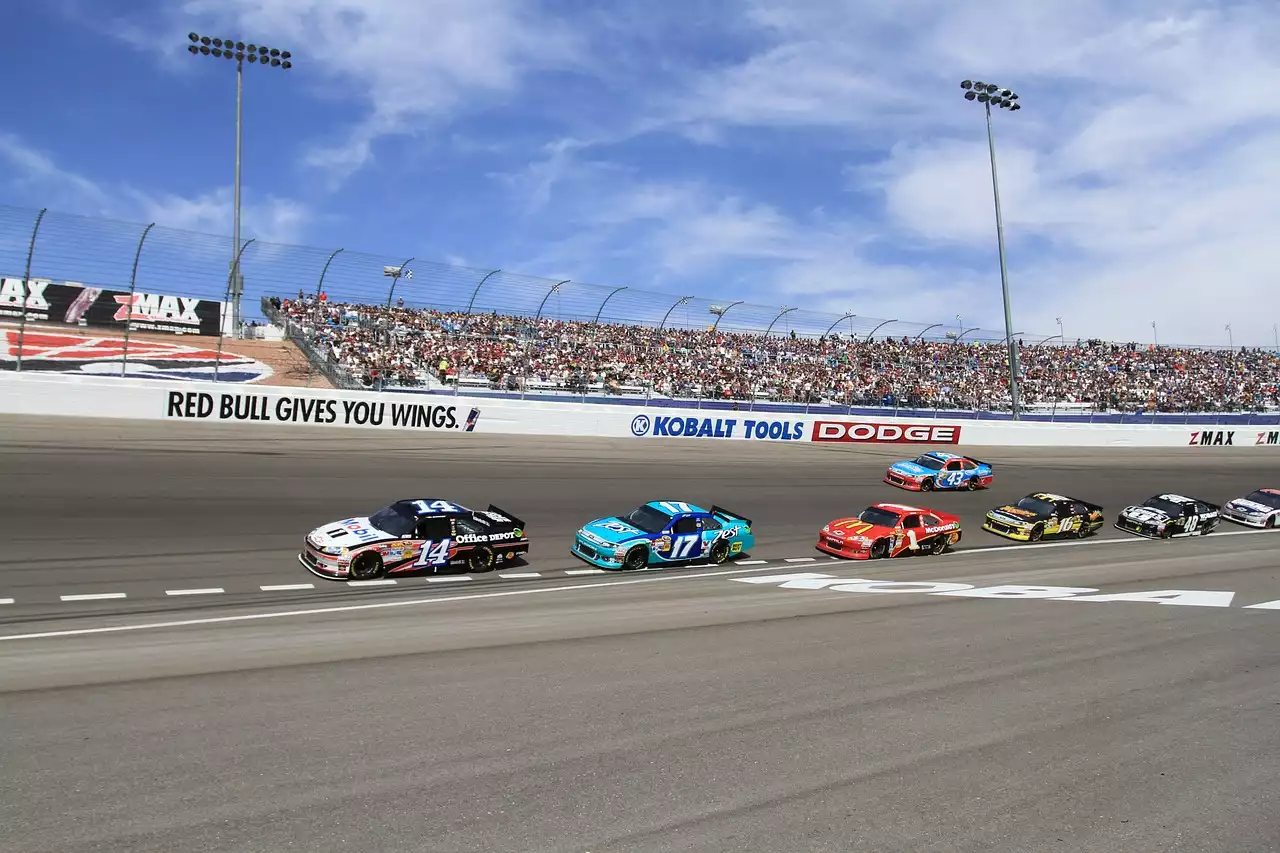Understanding the Different Types of NASCAR Races
Before we delve into the details of NASCAR qualifying procedures, it's important to understand the different types of NASCAR races. There are three main series in NASCAR: the Cup Series, the Xfinity Series, and the Truck Series. Each series has its own unique rules and regulations, including qualifying procedures.
The Cup Series is the premier level of NASCAR racing, featuring the top drivers and teams in the sport. Races in the Cup Series typically range from 200 to 600 miles in length, and they are held on a variety of tracks, including superspeedways, intermediate tracks, short tracks, and road courses.
The Xfinity Series is a step down from the Cup Series, featuring up-and-coming drivers and teams. Races in the Xfinity Series are typically shorter than those in the Cup Series, ranging from 100 to 250 miles in length. The Xfinity Series also races on a variety of tracks, but they tend to focus more on intermediate and short tracks.
The Truck Series is the third tier of NASCAR racing, featuring pickup trucks instead of traditional stock cars. Races in the Truck Series are typically shorter than those in the Xfinity Series, ranging from 100 to 200 miles in length. The Truck Series also races on a variety of tracks, but they tend to focus more on short tracks and dirt tracks.
Qualifying Procedures for NASCAR Cup Series Races
Qualifying for a Cup Series race is a multi-step process that begins with practice sessions. Before the race, drivers and teams have several practice sessions to fine-tune their cars and get a feel for the track. These practice sessions are important for determining a car's speed and handling, which can affect the team's starting position.
After the practice sessions, the Cup Series moves on to qualifying. There are several different types of qualifying procedures that can be used, depending on the track and the race. One of the most common types of qualifying is time trials.
In time trials, each car takes a timed lap around the track, with the fastest times earning the best starting positions. The order in which the cars take their laps is determined by a random draw, which can be influenced by a team's performance in previous races.
Another type of qualifying used in the Cup Series is group qualifying. In group qualifying, cars are divided into groups and take timed laps in each group. The fastest cars from each group then advance to the next round, until a final group of cars is left to compete for the pole position.
Qualifying Procedures for NASCAR Xfinity Series Races
Qualifying for Xfinity Series races is similar to qualifying for Cup Series races, but there are some key differences. Xfinity Series races typically use time trials as the primary method of qualifying, with the fastest times earning the best starting positions.
However, there are some tracks where group qualifying is used instead. In these cases, the Xfinity Series follows a similar process to the Cup Series, with cars divided into groups and taking timed laps in each group.
Qualifying Procedures for NASCAR Truck Series Races
Qualifying for Truck Series races is similar to Xfinity Series races, with time trials being the primary method of qualifying. However, there are some tracks where group qualifying is used instead. In these cases, the Truck Series follows a similar process to the Xfinity Series, with cars divided into groups and taking timed laps in each group.
How Teams Earn Their Starting Spots in NASCAR Races
Once a team has qualified for a race, their starting position is determined by a variety of factors. The primary factor is the team's qualifying time, with the fastest times earning the best starting positions. However, there are several other factors that can affect a team's starting position.
One of the most important factors is the car's owner points. Each car earns points based on their performance in previous races, and these points are used to determine the car's owner standings. The top 36 cars in owner standings automatically qualify for the race, with the remaining spots determined by qualifying times.
Another factor that can affect a team's starting position is the use of provisional starting spots. Provisional starting spots are given to teams that do not qualify on speed, but still have a high enough owner point ranking to earn a starting position.
NASCAR Qualifying Rules and Regulations
NASCAR has a number of rules and regulations in place to ensure fair and safe qualifying procedures. One of the most important rules is the inspection process. Before each race, all cars are inspected to ensure that they meet NASCAR's safety and performance standards.
NASCAR also has rules in place to prevent teams from gaining an unfair advantage during qualifying. For example, teams are not allowed to make any adjustments to their cars after they have completed their qualifying lap. Any adjustments made after qualifying can result in a penalty or disqualification.
Tips for Successful NASCAR Qualifying
Qualifying for a NASCAR race is a complex process that requires skill, strategy, and a bit of luck. But there are several tips that teams can use to increase their chances of success.
One tip is to focus on the practice sessions. These sessions are crucial for fine-tuning the car and getting a feel for the track. By maximizing their practice time, teams can gain a better understanding of the car's speed and handling, which can improve their chances of a good qualifying time.
Another tip is to pay attention to the weather. Weather conditions can have a significant impact on a car's speed and handling, so teams must be prepared for all possible scenarios. By monitoring the weather forecasts and making adjustments to the car's setup accordingly, teams can gain an edge over their competitors.
Finally, it's important for teams to stay focused and composed during the qualifying process. The pressure of qualifying can be intense, but by staying calm and sticking to their strategy, teams can maximize their chances of earning a good starting position.









